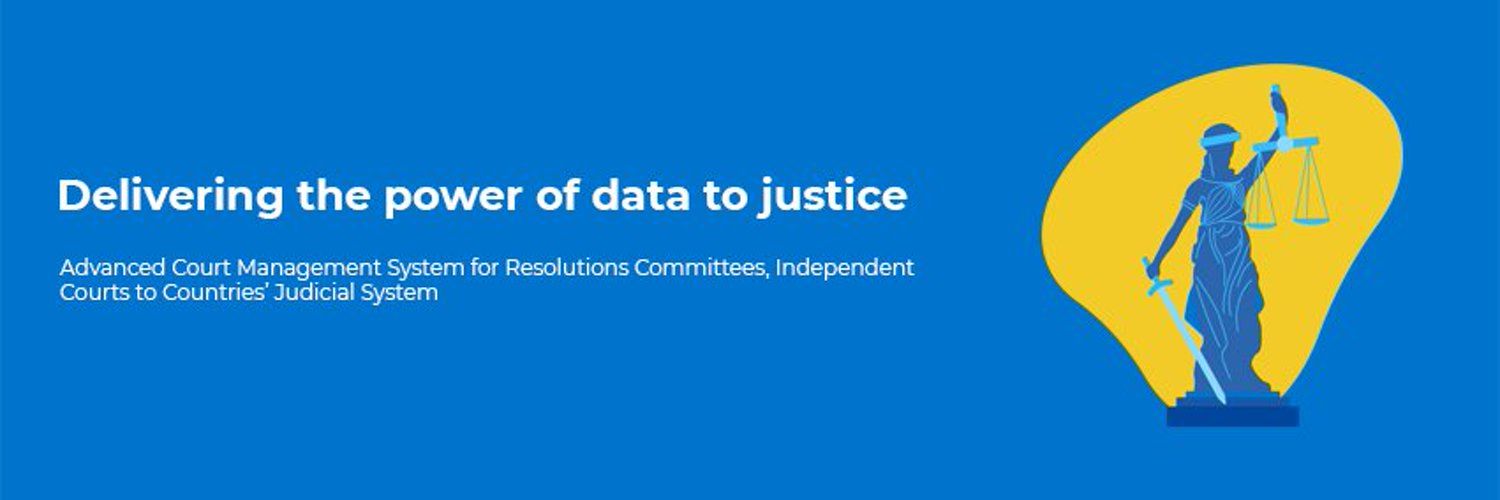
Odyssey Court Management: Complete Buyer's Guide
Comprehensive AI-powered court scheduling optimization platform
Odyssey Court Management positions itself as a comprehensive AI-powered court scheduling optimization platform targeting mid-sized to large law firms seeking automated conflict resolution and predictive scheduling capabilities.
Market Position & Maturity
Market Standing
Odyssey Court Management operates within the rapidly evolving AI court scheduling optimization market, positioning itself between established enterprise vendors and emerging specialized solutions.
Company Maturity
Verification limitations, including inaccessible company website and citation validation issues, raise questions about current business operations and vendor stability.
Growth Trajectory
Growth trajectory assessment faces limitations due to lack of accessible financial data, customer growth metrics, or operational scale indicators.
Industry Recognition
Industry recognition claims include awards for innovation in legal technology and positive analyst reviews [270], though specific award details and analyst reports require independent verification.
Strategic Partnerships
Strategic partnerships and ecosystem positioning remain unclear due to source accessibility challenges.
Longevity Assessment
Organizations evaluating vendor stability should prioritize independent verification of business operations, financial stability, and current market activity before making long-term technology commitments.
Proof of Capabilities
Customer Evidence
Self-reported vendor case studies claim a mid-sized law firm achieved 40% reduction in scheduling conflicts and 30% improvement in court resource allocation efficiency [159].
Quantified Outcomes
Anonymous success story involves a large corporate legal department that reportedly achieved 50% reduction in scheduling errors and 20% increase in attorney productivity within the first year [270].
Market Validation
Survey evidence attributed to LegalTech News indicates 90% satisfaction rate among users, citing ease of use and integration capabilities as primary satisfaction drivers [192].
AI Technology
Odyssey Court Management claims to leverage predictive analytics that optimize scheduling based on historical data and real-time court availability [159].
Architecture
Integration architecture reportedly enables synchronization with popular legal practice management systems including case management platforms, billing systems, and client relationship management tools [159][192][270].
Primary Competitors
Primary competitors include established market leaders Tyler Technologies and IBM for enterprise implementations, plus emerging vendors like PreCallAI and NexLaw.ai targeting mid-market law firms.
Competitive Advantages
Claimed integration capabilities with existing legal practice management systems represent a potential competitive advantage for firms seeking comprehensive workflow automation [159][192][270].
Market Positioning
Market differentiation reportedly focuses on integration capabilities with existing legal practice management systems [159].
Win/Loss Scenarios
Win scenarios may involve organizations prioritizing claimed integration capabilities and legal-specific functionality over proven vendor stability. Loss scenarios likely include organizations requiring vendor stability verification, documented customer references, and proven implementation experience.
Key Features

Pros & Cons
Use Cases
Integrations
Pricing
Featured In Articles
Comprehensive analysis of AI Court Scheduling Optimization for Legal/Law Firm AI Tools for Legal/Law Firm AI Tools professionals. Expert evaluation of features, pricing, and implementation.
How We Researched This Guide
About This Guide: This comprehensive analysis is based on extensive competitive intelligence and real-world implementation data from leading AI vendors. StayModern updates this guide quarterly to reflect market developments and vendor performance changes.
114+ verified sources per analysis including official documentation, customer reviews, analyst reports, and industry publications.
- • Vendor documentation & whitepapers
- • Customer testimonials & case studies
- • Third-party analyst assessments
- • Industry benchmarking reports
Standardized assessment framework across 8 key dimensions for objective comparison.
- • Technology capabilities & architecture
- • Market position & customer evidence
- • Implementation experience & support
- • Pricing value & competitive position
Research is refreshed every 90 days to capture market changes and new vendor capabilities.
- • New product releases & features
- • Market positioning changes
- • Customer feedback integration
- • Competitive landscape shifts
Every claim is source-linked with direct citations to original materials for verification.
- • Clickable citation links
- • Original source attribution
- • Date stamps for currency
- • Quality score validation
Analysis follows systematic research protocols with consistent evaluation frameworks.
- • Standardized assessment criteria
- • Multi-source verification process
- • Consistent evaluation methodology
- • Quality assurance protocols
Buyer-focused analysis with transparent methodology and factual accuracy commitment.
- • Objective comparative analysis
- • Transparent research methodology
- • Factual accuracy commitment
- • Continuous quality improvement
Quality Commitment: If you find any inaccuracies in our analysis on this page, please contact us at research@staymodern.ai. We're committed to maintaining the highest standards of research integrity and will investigate and correct any issues promptly.